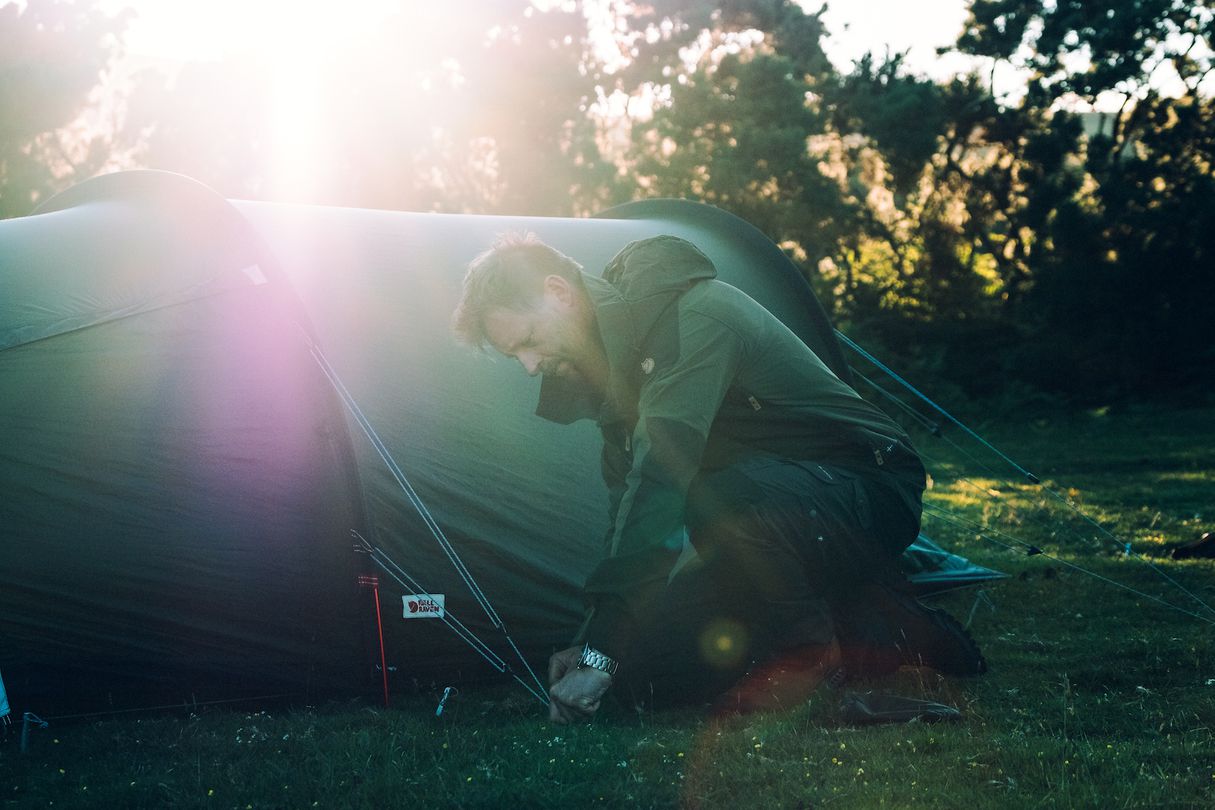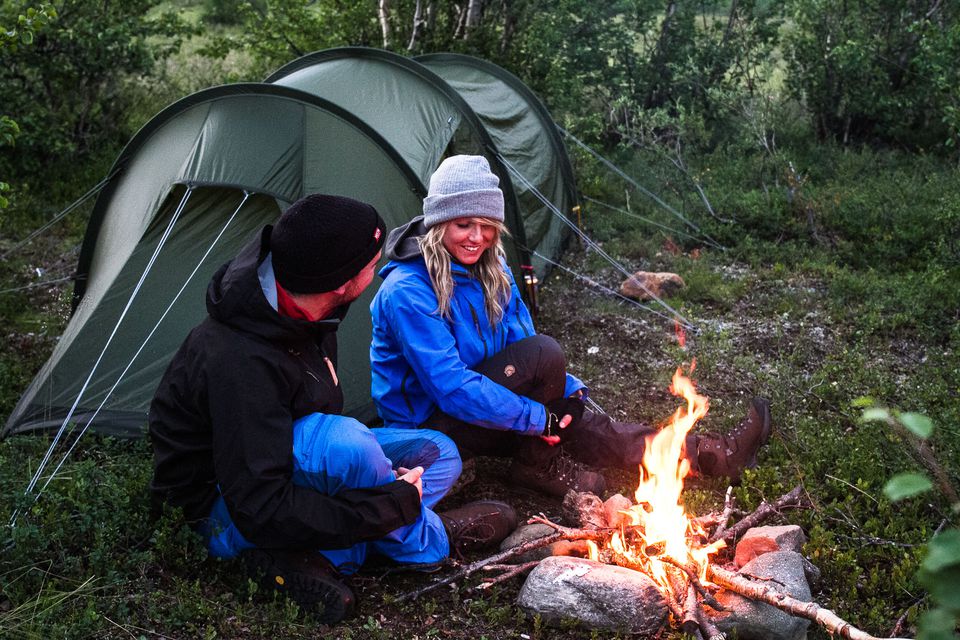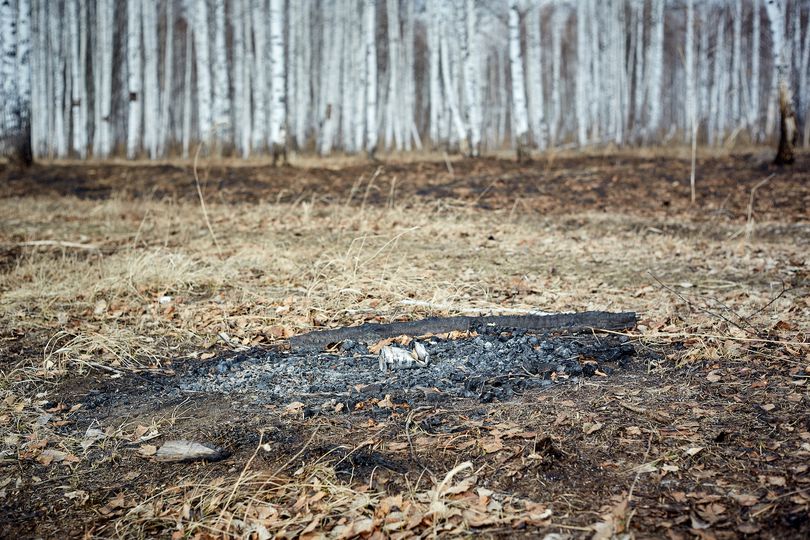In the UK, we’re fortunate to be able to wild camp freely in places like the Scottish Highlands and Dartmoor. Even though it’s technically restricted, we’re also able to get away with wild camping in many of our national parks thanks to the authorities often turning a blind eye to it.
The thing is, with social media luring more and more people to our wild spaces, we’re seeing some instances where new restrictions on wild camping are being put in place. Bye-laws, for instance, have been introduced in areas of Scotland to prohibit it, and some national park authorities are becoming increasingly frustrated by rule breakers and in turn more vigilant.
“If we’re not all wild camping as respectfully as we possibly can, there’s a risk that our ability to do it will be taken away from us altogether”
Spreading the messages of Leave No Trace has therefore become so important. If we’re not all wild camping as respectfully as we possibly can, there’s a risk that our ability to do it will be taken away from us altogether.
Teaming up with Fjällräven, a brand that have always had sustainable enjoyment of the outdoors at the heart of what they do, Outdoors Magic have launched a new campaign to spread awareness of the ways we can all carry on exploring our wild spaces with as little impact as possible.
We’ve [Outdoors Magic] produced a two-part series highlighting useful approaches that can often be overlooked. First up was our advice on how to minimise our impact while hiking. Here in Part Two, we’re looking at low-impact camping.




